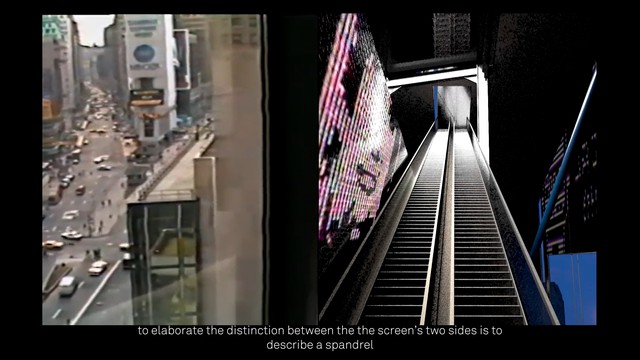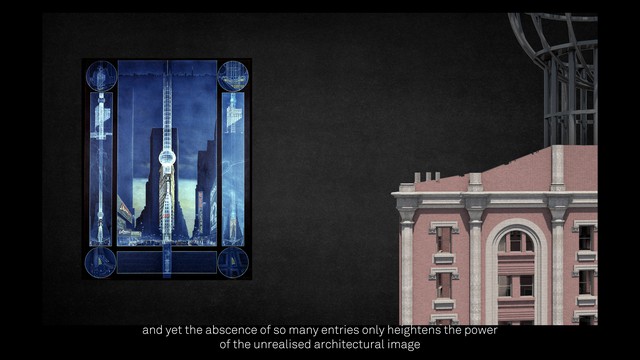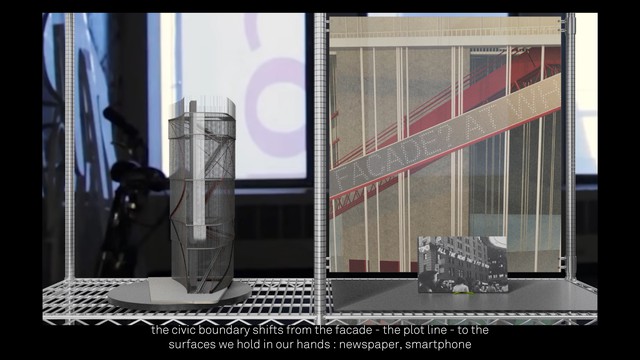SCREEN TIME 2021, United States of America, Cambridge
A MEDIA ARCHEALOGY OF TIMES SQUARE






At the center of Times Square, New York City, there stands an entirely empty building. The Times Tower, opened in 1905 as the office and factory of The New York Times, remains at the crossroads of Times Square today, voided by the advertising value of its envelope. SCREEN TIME is a short film that describes this building as an actor in a media apparatus: a network of interconnections between broadcasting devices, infrastructure, public and political events, development policy and finance. The film combines found footage with animated original designs to construct a speculative media archaeology - materializing and subverting the SCREEN TIME from which architecture can now never be distinct.
ABSTRACT: In Times Square, architecture is inextricable from mediated representations. The place is dislocated by the screens that envelop its buildings and the other screens, around the world, upon which its image is ceaselessly presented. The neighborhood itself is named after the Times Tower, which was opened in 1905 as the office and printing press of The New York Times, and remains at the center of the square today, entirely empty, voided by the advertising value of its envelope. But this condition is not a contemporary anomaly. If the screens, flowed through by consumer desire, currently vaporize the building’s edge, in 1904, before it was even occupied, the building summoned the city with the results of the general election, broadcast to the metropolis via searchlight. The building has always extended its edge, projecting public messages while concealing private concerns. SCREEN TIME is a short film that understands the building as one actor in a media apparatus: a network of interconnections between broadcasting devices, infrastructure, public and political events, development policy and financial structure. The tower indexes 20th century architecture’s participation in this media apparatus, telling a story in which communication and the distribution of power predate and outlast inhabitation, a story in which occupation is not part of the program. The film tracks the tower through six innovative media devices which the building sponsored, including the world’s first moving electric sign, the New Year’s Eve Ball, the world’s first changeable architectural screen. The film uses found footage and computer generated animations to apprehend the Tower amid its myriad images. Design is used to construct a media archaeology: a speculative past. The movie reconfigures, misaligns and misuses its historical sources to reproduce and subvert the SCREEN TIME from which architecture can now never be distinct.
Poster
Details
Team members : Jeffrey Landman
Supervisor : Advisor: Professor Rania Ghosn Readers: Professor Enrique Walker, Hans Tursack
Institution : Massachusetts Institute of Technology
Descriptions
Credits
Jeffrey Landman
Jeffrey Landman
Jeffrey Landman
Jeffrey Landman
Jeffrey Landman
Jeffrey Landman
Jeffrey Landman